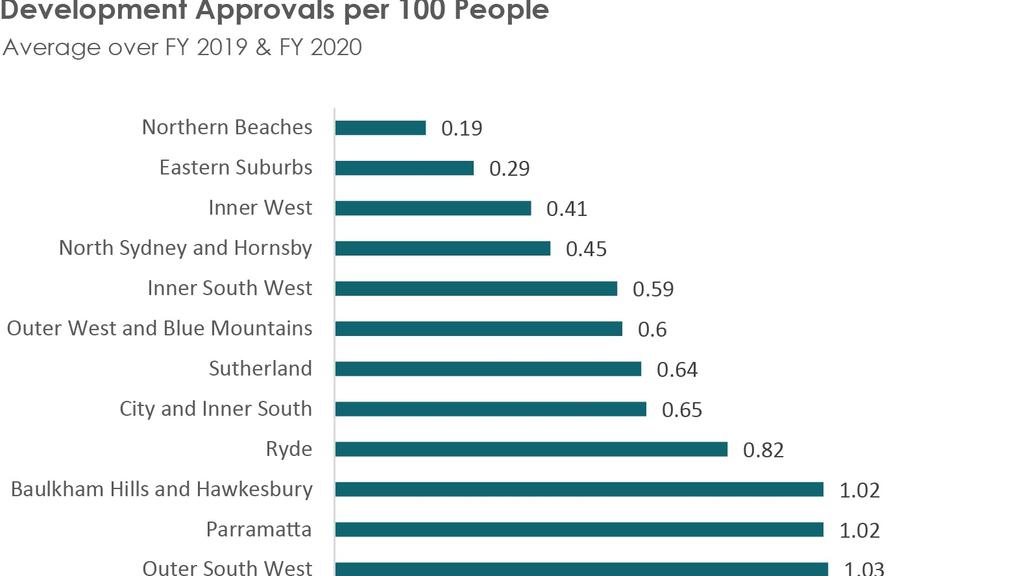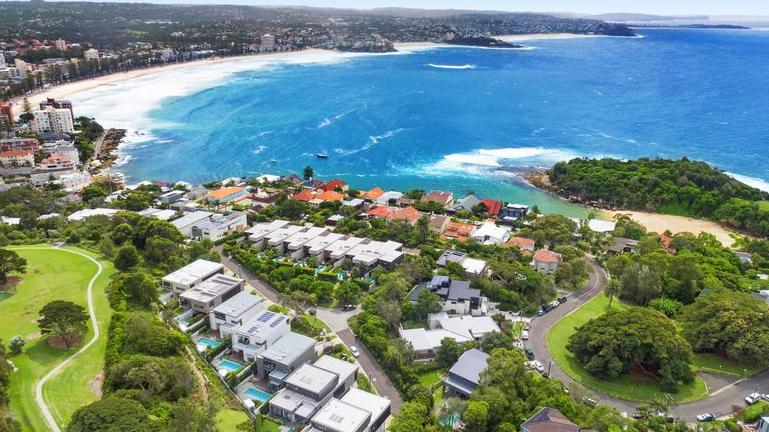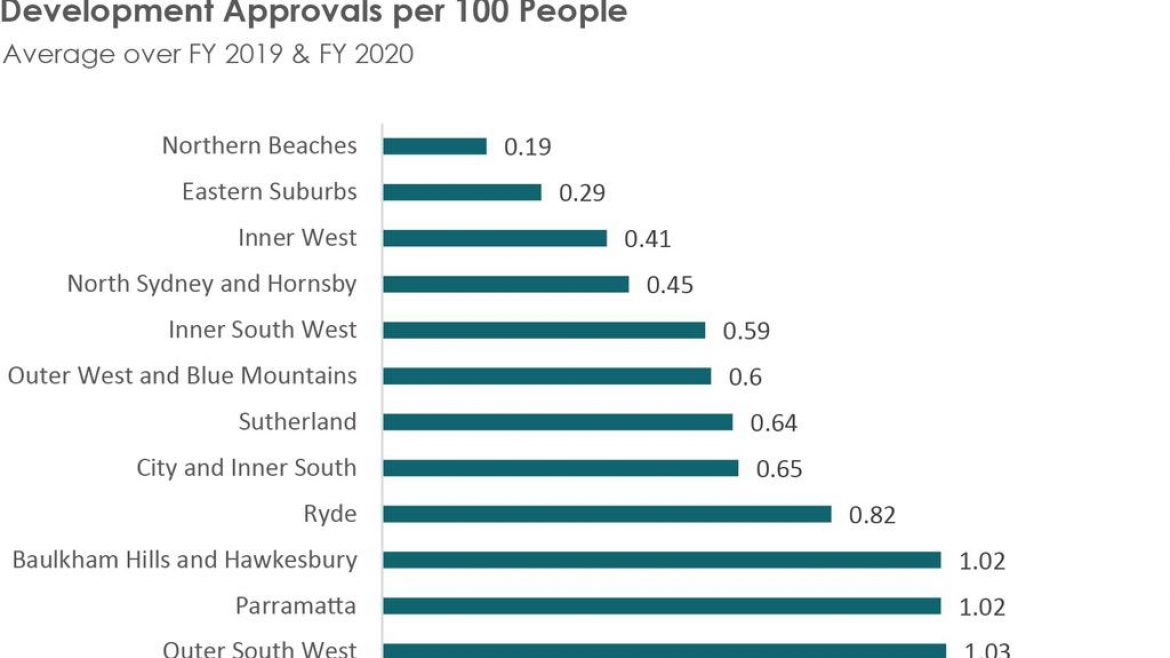Falling building activity during COVID-19 is poised to create a housing shortage that would make it harder for aspiring homebuyers to get a foot on the property ladder once the pandemic blows over.
Development approvals for new housing this year sank to their lowest level in close to a decade, with building levels nearly one fifth long-term trend in some areas, analysis of ABS data showed.
Building activity was especially low on the northern beaches, eastern suburbs, north shore and inner west, with most of Sydney’s new projects concentrated in Blacktown, Parramatta and southwest Sydney.
MORE: Eight-year-old boy wins auction for five studios
Sydney’s most popular streets revealed
Property experts said the tight supply of housing would benefit homeowners as it would create a safety net for falling values and limit some of the damage from the COVID crisis.
But it would throw a curve ball the way of first homebuyers, who would be competing for a dwindling level of stock in some areas, making it harder to get discounts.

Consultancy group AreaMap’s director and former head of research at Charter Hall Group Chris Freeman said a similar situation laid the groundwork for a 2014 boom in prices.
Underbuilding in the years after the global financial crisis in 2009, coupled with a sudden drop in interest rates, created a supply and demand imbalance that sent prices skyrocketing, he said.
With rates expected to stay at record lows for years to come, the next housing shortage could have a pronounced effect on the market once confidence returns, Mr Freeman added.
“One key factor for Sydney now is approvals relative to the population base, which at 0.62 approvals per 100 people in population is the lowest in recent history,” he said.

Source: AreaMap.
“In a normal market, Australia as a whole adds about one dwelling approval per 100 people on average each year.”
A critical indicator of the looming undersupply was that Sydney was building fewer homes relative to the population than in 2013, just before the market went into a period of strong growth, he said.
“It’s impossible to know what will happen to the market because of COVID but when it passes, if they find a vaccine soon, the (lack of supply) could cause a quick turnaround in prices in some areas.”
The northern beaches had a particularly low supply of housing, Mr Freeman added.
“Across the northern beaches during FY-20 only 523 approvals were recorded for a population of almost 275,000 people … property in the area is so tightly held.”

The northern beaches has the smallest pipeline of new projects.
My Housing Market economist Andrew Wilson said apartments in high-density areas would be the weakest markets in Sydney because there was an abundance of available properties.
With rents dropping rapidly and vacancies rising, many of the investor owners of units may soon be forced to sell, which would further increase supply, Mr Wilson said.
The supply and demand dynamic was different for houses in low density suburbs, considering there were fewer available properties and they tended to attract the most demand from families, he added.
The post Housing shortage looming in parts of Sydney as pandemic drives down construction appeared first on realestate.com.au.

